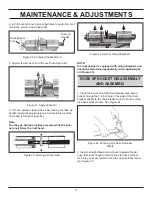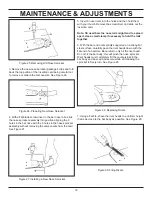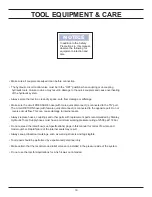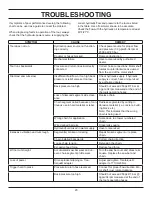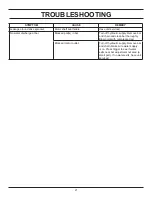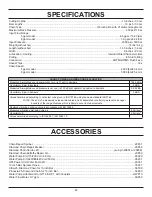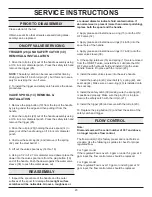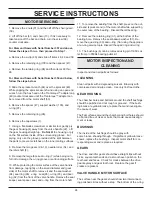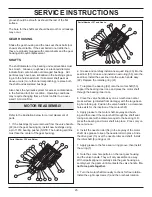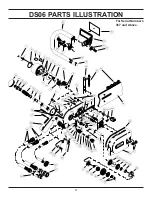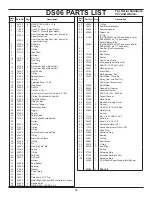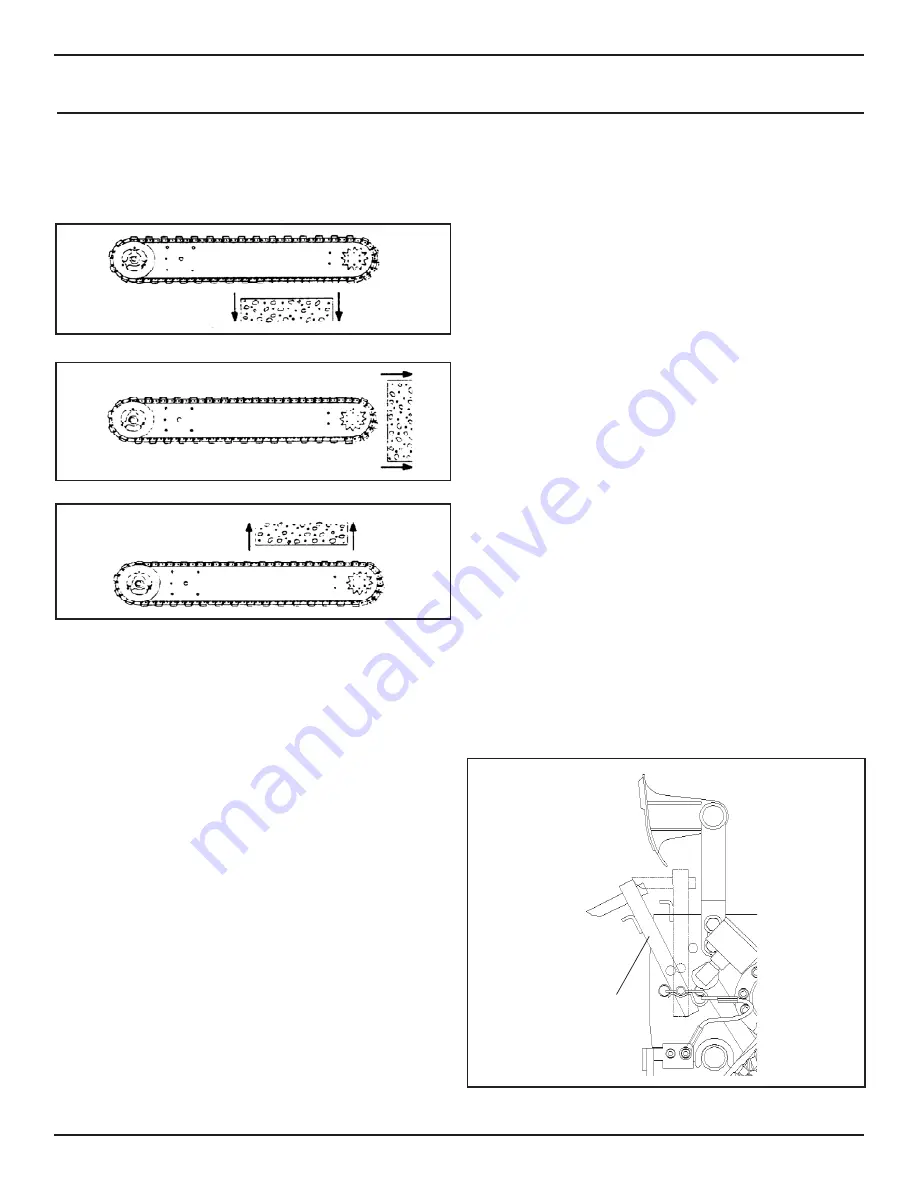
13
TYPES OF CUTS
The DS06 can be operated using the types of cuts shown
in Figure 5. When making cuts:
Figure 5. Types of Cuts (chain guard removed for clarity)
1. Do not use a cutting force in excess of 45 lbs/20 kg.
Excessive force causes the chain to slow down or stall and
causes premature wear of the saw bar and chain.
2. Always maintain a high chain speed. High chain speeds
produce the best results.
3. Always check that plenty of water is being expelled
from the bar and chain. When the tool is running, water is
directed to the interior of the bar and then out of several
holes located along the top and bottom channels on the
bar. If these holes become plugged, cutting debris will not
be adequately washed away and will result in premature
wear of the bar and chain.
3. Avoid aggressive/heavy plunge forces. Aggressive
plunge force creates fragmenting of the concrete when the
saw bar and chain exits and causes premature bar and
chain wear.
OPERATION
DOWN CUT
PLUNGE CUT
UP CUT
COLD WEATHER OPERATION
If the saw is to be used during cold weather, preheat the
hydraulic fl uid at low power source speed. When using the
normally recommended fl uids, fl uid should be at or above
50°F/10°C (400 ssu/82 centistokes) before use.
Damage to the hydraulic system or chain saw can result
from use with fl uid that is too viscous or thick.
USING THE WALL WALKER™
The Wall Walker™ lessens operator fatigue and effort dur-
ing cutting by automatic insertion of the wedge into the cut,
thus allowing the operator to apply leverage to the saw.
1. Position the Wall Walker™ in the "autofeed" position by
pinning the lever arm at the lowest hole as shown in the
illustration.
Start cutting with the DS06 until the cut is large enough to
allow the tip of the wedge to insert into the cut. With the tip
of the wedge in the cut, the operator can easily apply lever-
age to the saw which will aid the cutting process and lessen
operator fatigue and effort.
After the saw cuts approximately 1 to 2.5 in. / 25 to 65 mm,
withdraw the saw only enough to allow the lever arm and
wedge to reposition. After repositioning, continue cutting.
2. The Wall Walker™ can be positioned to the "parked"
position by pinning the lever arm at the upper most hole. In
this position, the Wall Walker™ is used as a bucking cleat.
Figure 6. Wall Walker™
Wall Walker™ Lever Arm
(shown in “autofeed position)
Содержание DS06
Страница 2: ......
Страница 27: ...27 DS06 PARTS ILLUSTRATION For Serial Numbers 357 and Above 54 99 ...
Страница 29: ...29 DS06 PARTS ILLUSTRATION For Serial Numbers 356 and Below ...

















